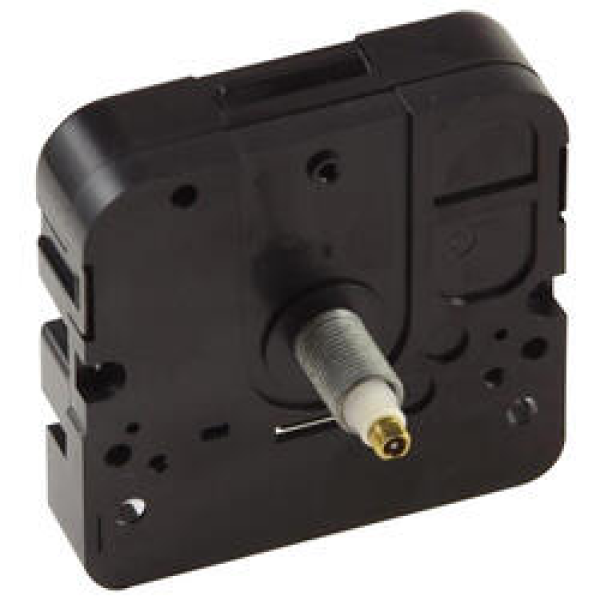This profile looks great. You want to share it with everyone?

Clock Movement Mechanism
User
Clock Parts
SECTORES
WEB OFICIAL
About Clock Movement Mechanism
Understanding Clock Movements Operations
A clock movement is that makes the timepiece job, or function. The clock motor (additionally referred to as a movement in trade lingo) tracks the number of pulses are being produced by a quartz crystal, thus determining where the hands need to be positioned. The basic procedure of this gadget is therefore conceptually simple, however the feature set built on it can be potentially extensive and even unique.
In olden days a clock electric motor was purely mechanical. A tightly coiled springtime or a dangling weight provided enough rotational torque to transform a flywheel, as well as numerous kinds of regulatory authorities managed its speed. Pendulums, escapements, and also equipment networks made sure precision of hand placement versus an adjusted dial.
In today's world, the mechanical method of running clocks has gone by the wayside, supplanted by digital approaches. Putting a voltage differential across a quartz crystal triggers it to release pulses at a high as well as invariable regularity, and also accumulating the pulse count leads to a document of elapsed time. Digital signs up store the matters, and also software transforms the immediate document right into hrs, mins, as well as seconds.
This, after that, is how the contemporary temporal movement jobs, at least on a basic level, preventing the need for (relatively) bulky flywheels, pendulums, as well as networks of equipments. Yet absence of mass additionally allows for much technology, in terms of performance and also increased function collections, because software application implementation is fairly rapid. Timekeeping can be expanded in many methods, and novelty attributes are easy to add.
Prolonged timekeeping comes in the kind of longer-than-normal cycles prior to whatever resets. As an example, we are used to seeing clocks that reset every twelve hrs (no difference between AM and also PM), yet there are motors that reset every 1 day, or weekly, or every month. Such extensions generally need a similarly calibrated dial, as well as commonly an added hand is needed to reveal the day of the week or the day of the month.
An additional timekeeping difference is the visibility or absence of a second hand; some like the consistent ticking, while others like no diversion. Then again, it is feasible to have a clock motor that sustains a previously owned that is silent and constantly sweeping across the dial. So, the choices are for a second hand that (a) ticks and also jerks every second, (b) continually and also silently sweeps, or (c) is absent altogether.
A special type of time expansion involves revealing tidal information; the trends are cyclical, yet derived largely from the lunar cycle amounting to 24-hour and also 50 minutes. Thus, it is straightforward to configure a wrist watch motor to reset itself according to the lunar timetable, with high tides and also low tides presented accurately. Certainly, the motor should be initialized appropriately, taking local conditions right into consideration.
Non-cyclical weather condition phenomena can also be shown making use of a clock movement, though periodicity of operation is changed with real-time conversion of input from sensors. Right here, the dial is actually linear, not circular, and also a solitary hand arrays between both extremes according to the worth signed up on the sensor. It prevails to find motors that show temperature level, moisture, and/or barometric pressure in this fashion.
Uniqueness functions are additionally conveniently set into clock movements. Playing chips in among the common melodies (e.g., Westminster) is readily available, with or without a hr matter complying with. Pendulums, no more important mechanical parts for timepiece operation, however give rate of interest as aesthetic oscillations.
Basically, the old-style clocks (mantle, cuckoo, grandpa, and so on) are easily replicated today digitally, tweaking fundamental movement operations as well as executing more intricate functionality in software program. There is essentially absolutely nothing that can not be completed via correct understanding of clock movement workings.
